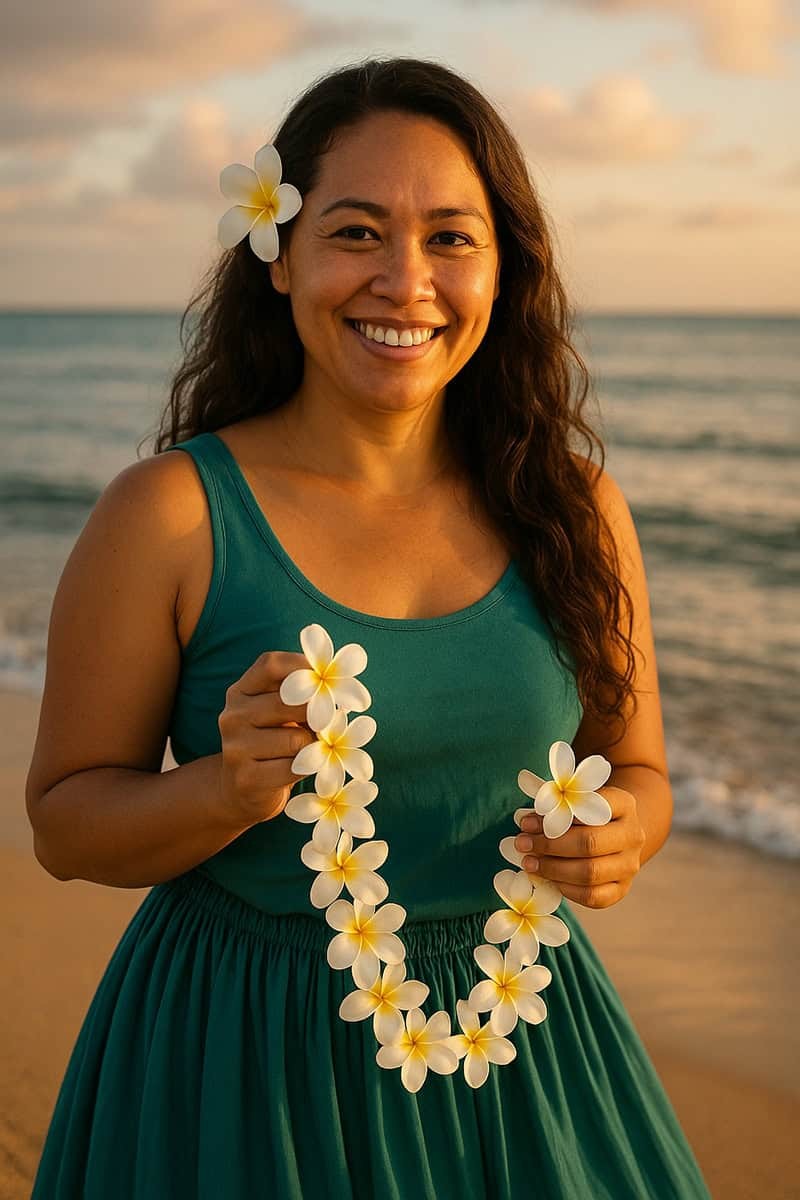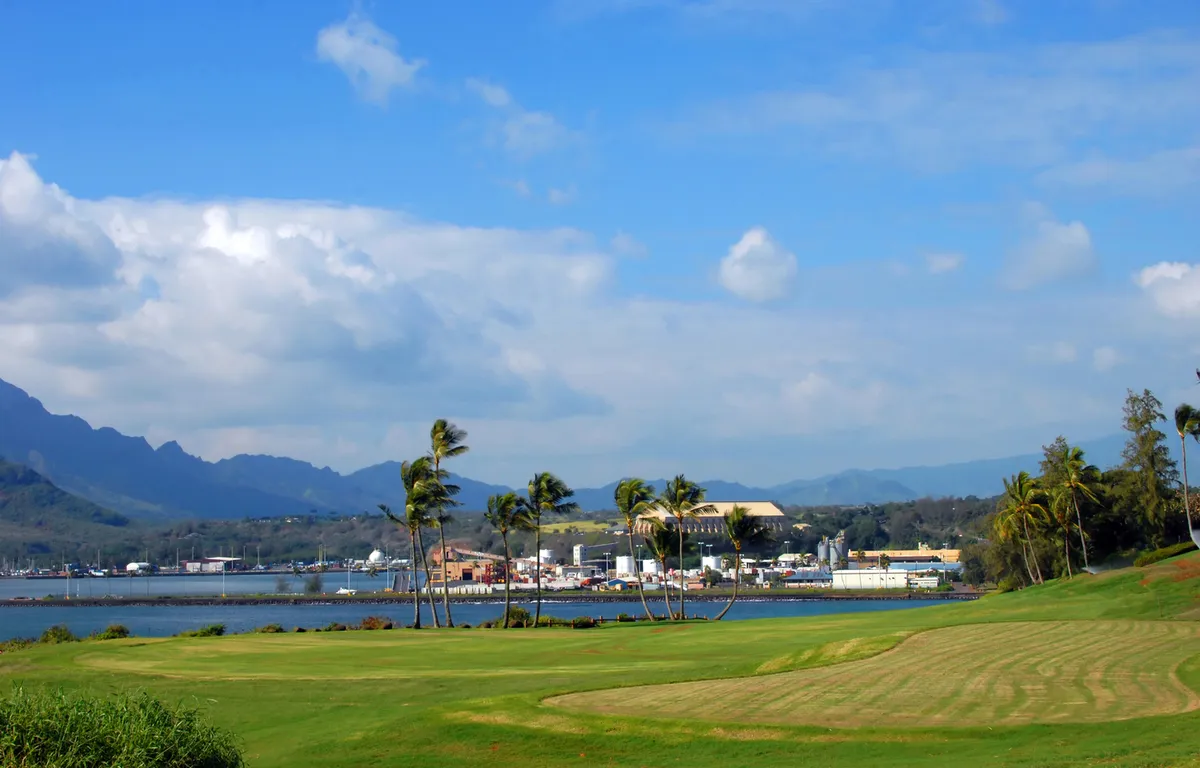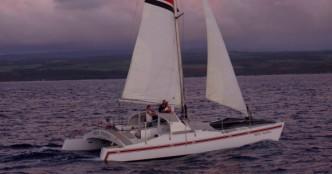
「Minivan Arrival」Honolulu Airport ⮕ Waikiki Hotels Exclusive Transfer
Family Photography Pros Oahu • Service • Honolulu • Oahu

Your Complete Guide to Planning the Perfect Hawaiian Golf Huakaʻi

Written by a Local Golf Expert
Leilani AkoThe second great force shaping Hawaiian golf is the wind. For most of the year, our weather is dominated by consistent trade winds blowing from the northeast. These winds, combined with our mountainous topography, create a phenomenon known as the orographic effect.
Understanding trade winds is your unseen caddie. As moist trade winds are forced up windward slopes, they create clouds and rain. As air descends on leeward sides, it warms up, creating sunny, arid conditions.
Examples: Royal Hawaiian (Oʻahu), Princeville (Kauaʻi)
Examples: Ko Olina (Oʻahu), Kapalua (Maui), Kohala Coast (Big Island)
Across all islands, a general rule holds true: wind tends to be calmest in the morning and picks up in the afternoon as the land heats up. This makes early morning tee times the most sought-after, not just for cooler temperatures but for reprieve from two- or three-club winds later in the day.
Calmest winds, coolest temps, best scoring conditions
Strong winds possible, challenging conditions
Twilight rates, beautiful sunsets, moderate winds
While you can play golf in Hawaiʻi 365 days a year, the character of your visit can change with the seasons. Understanding these patterns helps you plan the perfect trip.
This is the most popular time to visit, as travelers escape winter elsewhere. The weather is fantastic for golf—slightly cooler and often less humid. The trade-off is that courses are busier, and accommodation prices are at their highest.
A spectacular bonus of this season is the presence of migrating humpback whales. From the cliffs of Manele on Lānaʻi to the coastal fairways of Poʻipū Bay on Kauaʻi, the sight of a whale breaching offshore is a common and unforgettable distraction.
This period offers a quieter, more relaxed atmosphere with fewer crowds and more attractive pricing for both tee times and hotels. While Hawaiʻi's rainiest stretch is typically from November to March, making the summer months the driest and sunniest, the weather is generally beautiful year-round.
It's the eternal question for the traveling golfer. Do you haul your own trusted set across the Pacific, or do you travel light and rent when you arrive? The decision hinges on a balance of cost, convenience, and the purpose of your trip.
Golf bags now treated as standard checked baggage on all flights - a game-changing policy!
Services like Hawaii Golf Club Rentals offer multi-day packages - often $90 for 3 days vs. $90 per round at resorts.
For local residents, the decision is much simpler thanks to the Huakaʻi by Hawaiian program. This free-to-join program for HawaiianMiles members with a Hawaiʻi address offers a game-changing perk: one free checked bag on all Neighbor Island flights.
Once you've decided when to visit and what clubs to use, the final step is booking your tee times. In Hawaiʻi, planning ahead is key, as booking policies can vary widely.
Don't assume you can book a year in advance. Resort courses typically open their booking windows to visitors anywhere from 30 to 90 days out.
Kapalua, Maui - January
Waialae, Oʻahu - January
Hoakalei, Oʻahu - April
Hualālai, Big Island - January


Family Photography Pros Oahu • Service • Honolulu • Oahu

Family Photography Pros Oahu • Service • Honolulu • Oahu
